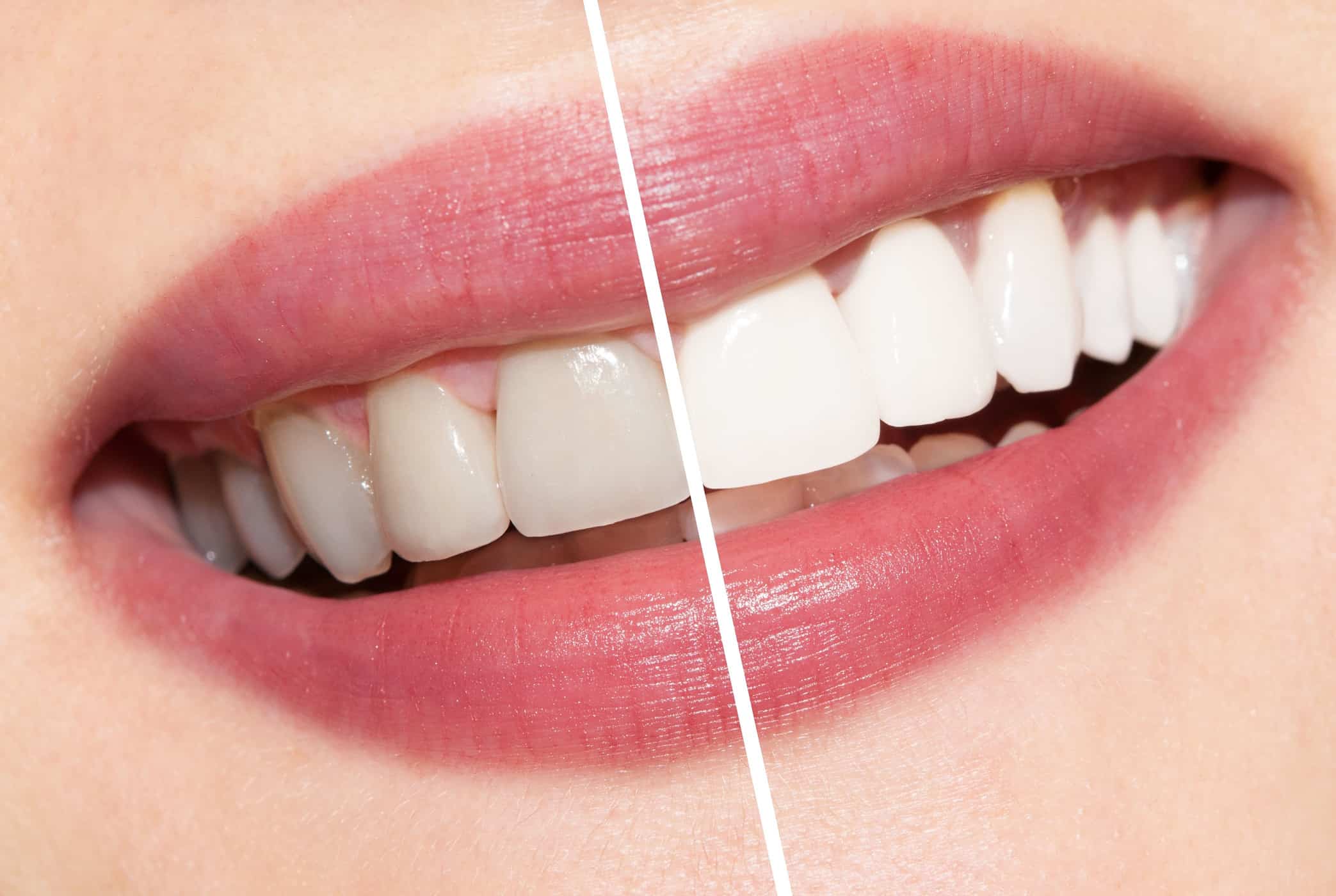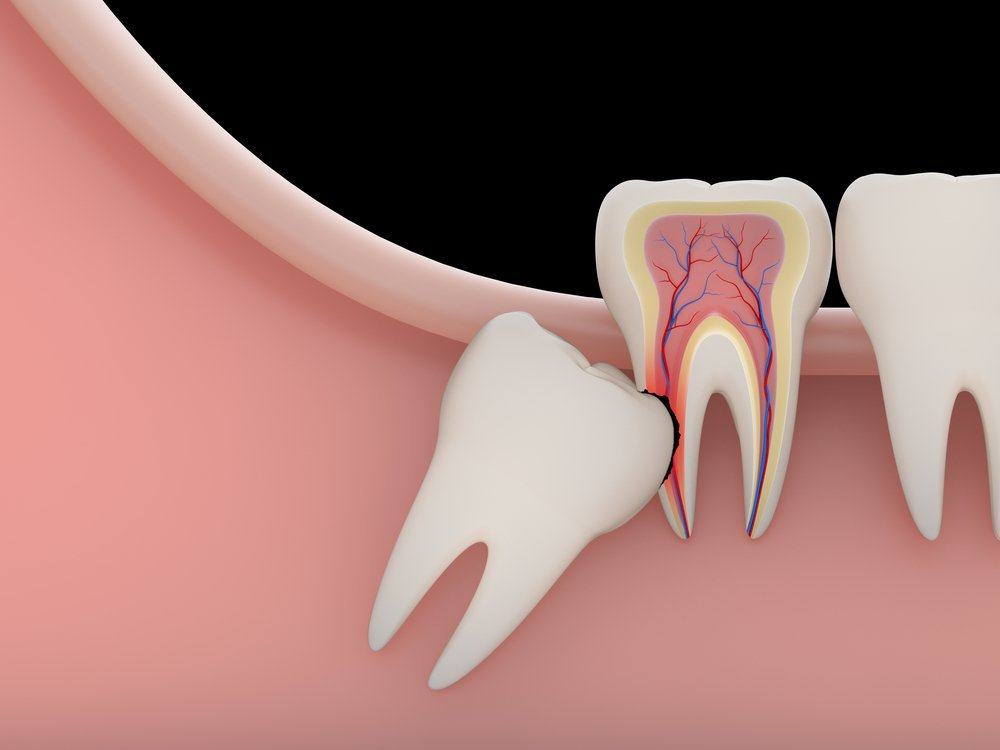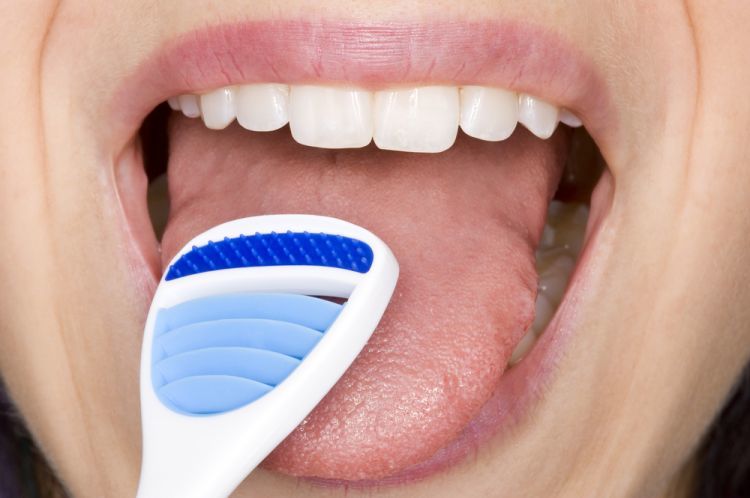Contents:
- Medical Video: HOW I GOT RID OF (Obsessive Anxious Thinking & Painful Rumination)
- How do you deal with OCD symptoms?
- 1. Learn the facts of OCD
- 2. Understand what makes you anxious
- 3. Challenge your interpretation of the situation
- 4. Accept that your OCD interferes with your life
- 5. Write a journal
- 6. Try to slowly reduce your compulsive behavior
- 7. Postpone your ritual
Medical Video: HOW I GOT RID OF (Obsessive Anxious Thinking & Painful Rumination)
Obsessive-compulsive disorder (OCD) is a type of anxiety disorder characterized by obsessions or thoughts that irritate and spread, and strong impulses, rituals used to help overcome obsession. Treatment for OCD often consists of drugs, psychotherapy or both.
But there are also a number of ways self-help which you can use in everyday life to help deal with OCD.
How do you deal with OCD symptoms?
Here are some tips that are useful for you to deal with symptoms of OCD that relapse
1. Learn the facts of OCD
Recognizing that OCD is a type of medical disorder related to anxiety is the first big step to understanding how to deal with it. Research has shown that more than 2 percent of adults suffer from OCD at some point in their lives. And symptoms usually appear around the age of 19 years, and can be very disruptive to life in various ways.
2. Understand what makes you anxious
Think about what situations make you feel anxious. Usually, you know that your fears are not realistic but feel helpless to stop to worry about them. Pour all your worries and overcome them one by one, noting whether the problem is realistic or cannot help. Be sure to include what happened beforehand so you can begin to identify the triggers for your anxiety.
3. Challenge your interpretation of the situation
Think about your fears and ask yourself whether the fear is true or whether you mistakenly think of it as a reality. The rest, you must consider whether your interpretation is accurate, what is the negative side of such a mindset. When you challenge your fears, you can be more open to finding new thinking strategies.
4. Accept that your OCD interferes with your life
Acceptance is always the first step to dealing with anxiety.
5. Write a journal
Write down unwanted and disturbing thoughts that make you anxious and realize what ritual or encouragement you are doing to try to fight those thoughts.
6. Try to slowly reduce your compulsive behavior
For example, if you have to check whether the washing machine has died 10 times, allow yourself to check it only as much as 8 times, then 6, 4, 2 times until you are able to check it only once.
If you experience difficulties with OCD, consult a medical professional about other types of treatment and make an appointment with a psychologist to find a strategy self-help additions to your specific situation.
7. Postpone your ritual
If you must immediately perform a ritual, for example, if you touch something you should wash your hands immediately, try to delay hand washing for 1 minute, 3 minutes, 5 minutes, etc. Try to continue the delay between incidents and rituals so that you feel comfortable not doing the encouragement.
Individuals who have OCD can feel uncomfortable with their daily lives. Regardless of what you do, it seems you cannot escape from it. But there is always help for you. With treatment and strategy self-helpYou can get rid of OCD symptoms and take back control of your life.












